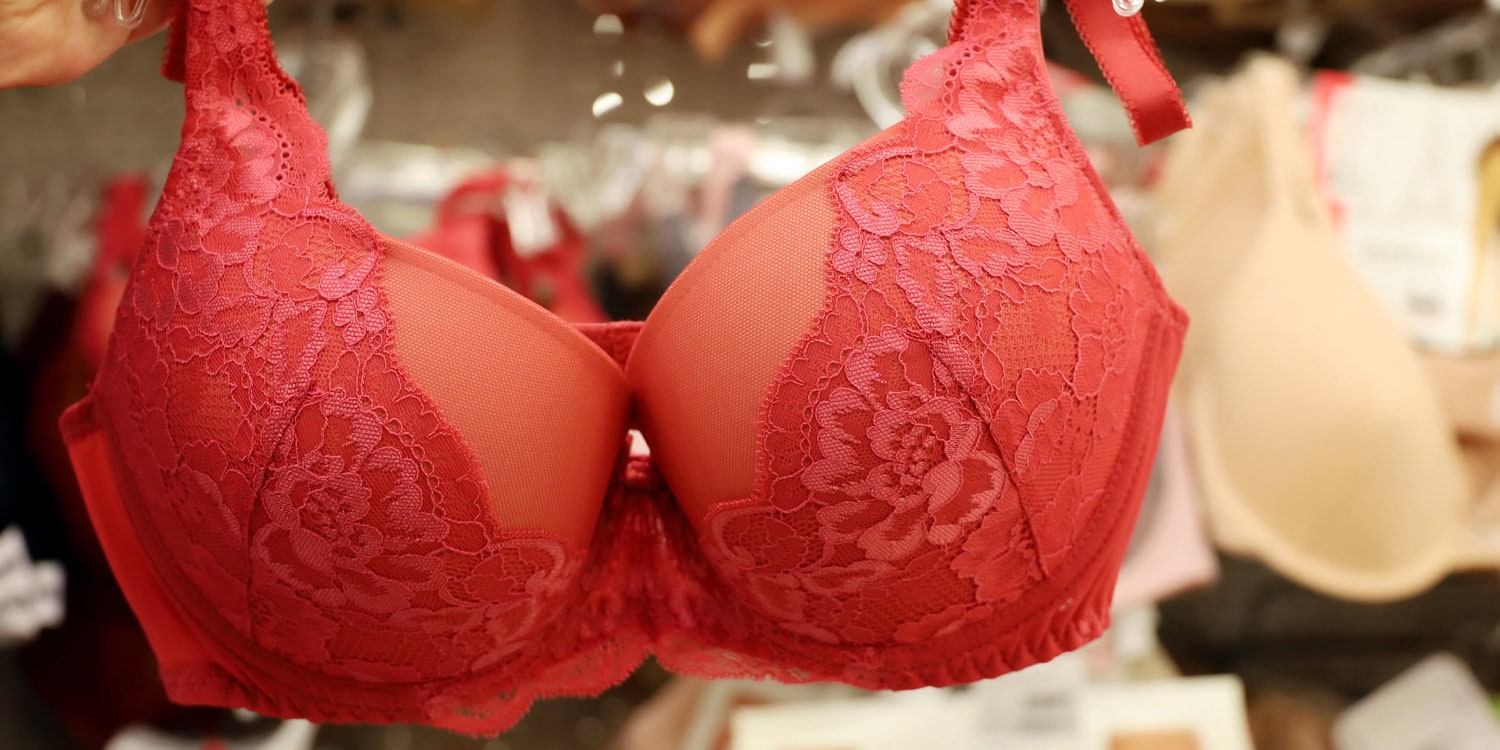A new study published in Aesthetic Surgery Journal Open Forum shows that an artificial intelligence program can create realistic images of what many people consider the ideal female breasts—and that these ideals vary by race. Researchers used an online image generator to produce pictures of Caucasian, African American, and Asian women with “perfect” breasts, and they found notable differences in the breast shapes, nipple angles, and other features among these groups. The results suggest that beauty ideals are not one-size-fits-all and that these differences may be useful for plastic surgeons who aim to match their patients’ racial and cultural identities.
Defining what constitutes an “ideal breast” has long been a subject of debate within the field of plastic surgery and beyond. While numerous studies have attempted to pinpoint specific measurements and proportions, the concept of beauty is inherently subjective and influenced by a range of factors, including race, culture, and individual preferences. The researchers recognized that much of the existing research on ideal breast aesthetics has primarily focused on Caucasian women, potentially overlooking the nuances of beauty standards within other racial groups.
With the rapid advancement of artificial intelligence and its increasing role in shaping visual culture, the researchers were curious to see if artificial intelligence could offer new insights into how ideal breast shapes are perceived and if these perceptions vary across different races. They wanted to investigate if an artificial intelligence image generator, trained on vast amounts of data, would produce images of ideal breasts that reflected previously established aesthetic principles and, importantly, if it would generate different breast morphologies for women of different racial backgrounds.
“As an aesthetic surgeon, I am fascinated by what humans perceive as aesthetic ideals of the human form; be it face, breast, or body. After all, this is what we attempt to achieve with surgery,” explained study author Aaron Lee Wiegmann (@doctor.wiggy), chief plastic and reconstructive surgery resident physician at Rush University Medical Center.
“Much of the plastic surgery literature has been focused on what is aesthetically ideal in the Caucasian population, however, I believe that there are many racial nuances that may vary between different racial groups. Ultimately, when we are performing aesthetic surgery, we want the result to be congruent with the patient’s racial identity. It is very likely that an “ideal breast” has subtly different appearances to humans from different racial groups.”
“Another aspect of this study was to evaluate AI’s ability to generate photorealistic images of aesthetically ideal breasts, something not evaluated before in any scientific literature. We also wanted to understand if AI was capable of generating different appearing breasts for different racial groups.”
To conduct their investigation, Wiegmann and his colleagues utilized a publicly available artificial intelligence image generation platform. This platform, accessible to anyone, allowed them to input text prompts and receive generated images in response. The researchers obtained a commercial license to use the images for publication. They crafted specific text prompts to guide the artificial intelligence in generating images of women with aesthetically ideal breasts.
The base prompt was: “A topless Caucasian woman with perfect aesthetically ideal breasts standing in three-quarter profile view.” This prompt was then slightly modified to generate images for different races and viewpoints. To obtain images of African American and Asian women, the word “Caucasian” in the prompt was replaced with “African American” and “Asian,” respectively. Additionally, to capture different perspectives, the phrase “three-quarter profile view” was changed to “frontal view.”
The artificial intelligence models used in this platform are based on sophisticated technology that learns to generate images from massive datasets of images and text. These models are designed to create realistic images of people based on text descriptions and are trained by developers for general public use, not specifically for medical or surgical purposes. This aspect was significant to the researchers because it meant the artificial intelligence’s output would likely reflect broader societal perceptions of beauty, rather than being influenced by specific medical or plastic surgery literature.
Once a large set of images was generated, the researchers selected images for analysis based on specific criteria to ensure image quality and suitability for measurement. The criteria included: the image being a clear three-quarter profile or frontal view; the breast borders and nipple-areola complex being clearly visible; the image not being taken from an extreme angle; and the absence of any obvious anatomical distortions. From the initial set of generated images, the researchers selected twenty-five consecutive images that met these criteria for each racial group (Caucasian, African American, and Asian) in both three-quarter profile and frontal views, resulting in a total of one hundred and fifty images for analysis.
Using image editing software, the researchers then performed detailed measurements on each selected image. To ensure consistency despite variations in image size, measurements were taken in pixels, providing a standardized unit of length across all images. Following established methods in breast aesthetics research, three-quarter profile images were used to assess breast shape.
Measurements included the upper-to-lower pole ratio (the proportion of the breast above and below the nipple), the nipple angle (the direction the nipple points relative to the chest), and subjective assessments of the upper pole slope (curve of the upper breast) and lower pole convexity (roundness of the lower breast). Frontal view images were used to evaluate the position of the nipple-areola complex and the size proportions of the nipple and areola. Measurements taken from frontal images included the nipple-areola complex position relative to the upper, lower, medial, and lateral breast borders, the ratio of areolar diameter to breast width, and the ratio of nipple diameter to areolar diameter.
Overall, the breasts generated by the artificial intelligence were deemed realistic and aesthetically appealing across all racial groups. They generally exhibited good size, projection, and a natural, slightly drooping shape. However, the researchers noted that some images depicted breasts that might be considered excessively large for the woman’s body frame, and occasionally, the body builds were unrealistically muscular.
Despite these general similarities, statistical analysis revealed significant differences in specific breast characteristics across the racial groups. Caucasian breasts, according to the artificial intelligence, tended to have a smaller upper portion and larger lower portion, nipples that pointed more upwards, and a higher likelihood of a concave upper slope.
In contrast, African American and Asian breasts generated by the artificial intelligence showed a larger upper portion and smaller lower portion, nipples that pointed more straight ahead, and a higher prevalence of a convex or straight upper slope. The position of the nipple-areola complex also differed, with Caucasian breasts having a lower placement on the chest compared to African American and Asian breasts. Furthermore, African American breasts were found to have larger areolas relative to breast width compared to Caucasian breasts.
“I was surprised by the consistent and measurable differences in breast appearance that AI generated for different racial groups,” Wiegmann told PsyPost. The findings indicate that “there are likely very real racial nuances that exist in terms of what different racial groups deem the aesthetically ideal breast phenotype, and your plastic surgeon should discuss this with you during any consult for breast enhancement surgery.”
When comparing the artificial intelligence-generated breasts to previously established aesthetic ideals, the researchers found that the Caucasian breasts closely aligned with what is often described as the ideal breast shape in plastic surgery literature. Specifically, the upper-to-lower pole ratio and nipple angle of the artificial intelligence-generated Caucasian breasts were similar to previously defined ideals.
However, the artificial intelligence-generated African American and Asian breasts deviated from these Caucasian-centric ideals, further highlighting the racial differences observed in the study. Interestingly, while previous literature suggests a specific ideal breast shape for Asian women with a very large upper portion, the artificial intelligence-generated Asian breasts in this study, although having a larger upper portion than the Caucasian breasts, did not fully match this extremely large upper portion ideal.
“The average person should understand that AI is capable of producing photorealistic images of breasts that are aesthetically pleasing and have significant measurable racial differences,” Wiegmann said. “With this in mind, AI has immense potential to help patients determine what their goals are for breast enhancement surgery. AI also has the potential to revolutionize pre-operative simulation of potential postoperative results for patients.”
But this capability also raises concerns about the potential for misuse in plastic surgery, such as creating misleading before-and-after photos or promoting unrealistic aesthetic expectations.
“Patients should beware that nefarious surgeons may use AI-generated photos to market themselves and show potentially unrealistic results leading to inflated patient expectations, and this raises significant ethical concerns for the field of plastic surgery,” Wiegmann warned.
The researchers acknowledged several limitations to their study. While measurements were taken consistently, some degree of subjectivity is inherent in identifying precise breast landmarks, particularly on images. The researchers also could not control factors like lighting and exact pose in the artificial intelligence-generated images, which might have subtly influenced measurements.
Another important limitation is the unknown nature of the data used to train the artificial intelligence models. The researchers lacked information about the specific images and biases present in the datasets, which could influence the generated outputs. However, the fact that the artificial intelligence-generated Caucasian and Asian breasts did align with some previously described racial breast ideals provided some reassurance about the generalizability of the findings.
Future research could build upon this study by exploring how artificial intelligence perceives ideal breast shapes for different body types within each racial group. For example, investigating ideal breasts for thin, overweight, and obese women of the same race could reveal further nuanced differences. Additionally, future studies could explore the potential biases embedded within artificial intelligence training datasets to better understand how these biases might shape perceptions of beauty.
“The long-term goal is to leverage AI (and its seemingly continuous advancements) to better understand what diverse groups of humans perceive as the aesthetically ideal human form, which will assist plastic surgeons in achieving a mutually excellent surgical result for them and the patient,” Wiegmann said.
The study, “Aesthetically Ideal Breasts Created With Artificial Intelligence: Validating the Literature, Racial Differences, and Deep Fakes,” was authored by Aaron L. Wiegmann, Elizabeth S. O’Neill, Sammy Sinno, and Karol A. Gutowski.




